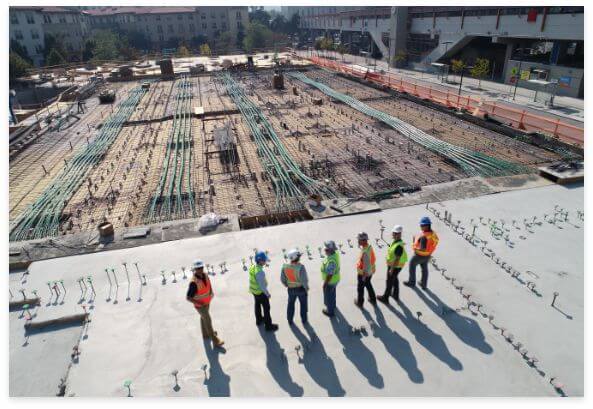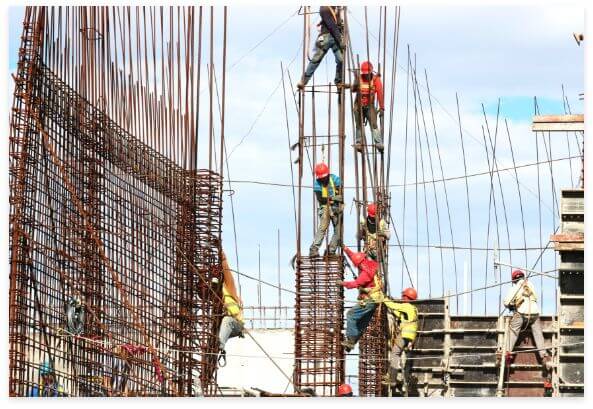Any construction project consists of the transformation of designers’ ideas into tangible objects. That being said, there is always a complicated string of tasks and works which need to be completed in strict accordance to the approved procedures. Should any of these happen to be overlooked or inadequately performed, it can cause the immediate shutdown of the project. In order to prevent this, strict quality control and management steps must be implemented by the contractor. So, how does one make sure that the QC procedure is planned, executed, and applied in the right way?
Furthermore, how does one overcome the potential conflict of interests between the contractor and the project owner, wherein the former wants to make their job quicker and cheaper, and the latter seeks to maintain a high standard throughout the construction process?


There are two different roles in the quality management process which effectively work together as a “checks and balances” system between the project owner and the contractor – Quality Assurance and Quality Control. Quality Assurance (QA) ensures that the steps that should be taken according to the developed quality management plan will yield a predictable result, while Quality Control (QC) ensures that the execution of this plan meets these expectations.
Everybody involved in construction business knows that there is conflict of interests between project owner and the constructor. The contractor aims to finish the job as soon as possible and minimize the expenses, whilst the project owners’ first priority is the quality of the construction. If the quality control system is under contractor control, how can the PO be sure that all construction works are done to high level of quality?
By dividing the quality management process between two independent teams, while each of them is paid by different parties, we can create a Checks&Balances mechanism which helps to balance the interests of those involved.


The main role of QA is to monitor QC processes and make sure that the supervisors stick to the QC plan.
QA is authorized to:

As one would expect, the main role of QC is to control the execution of all works at the construction site and to make sure that all supplied materials meet project quality standards and approvals.
QC is obliged to:
